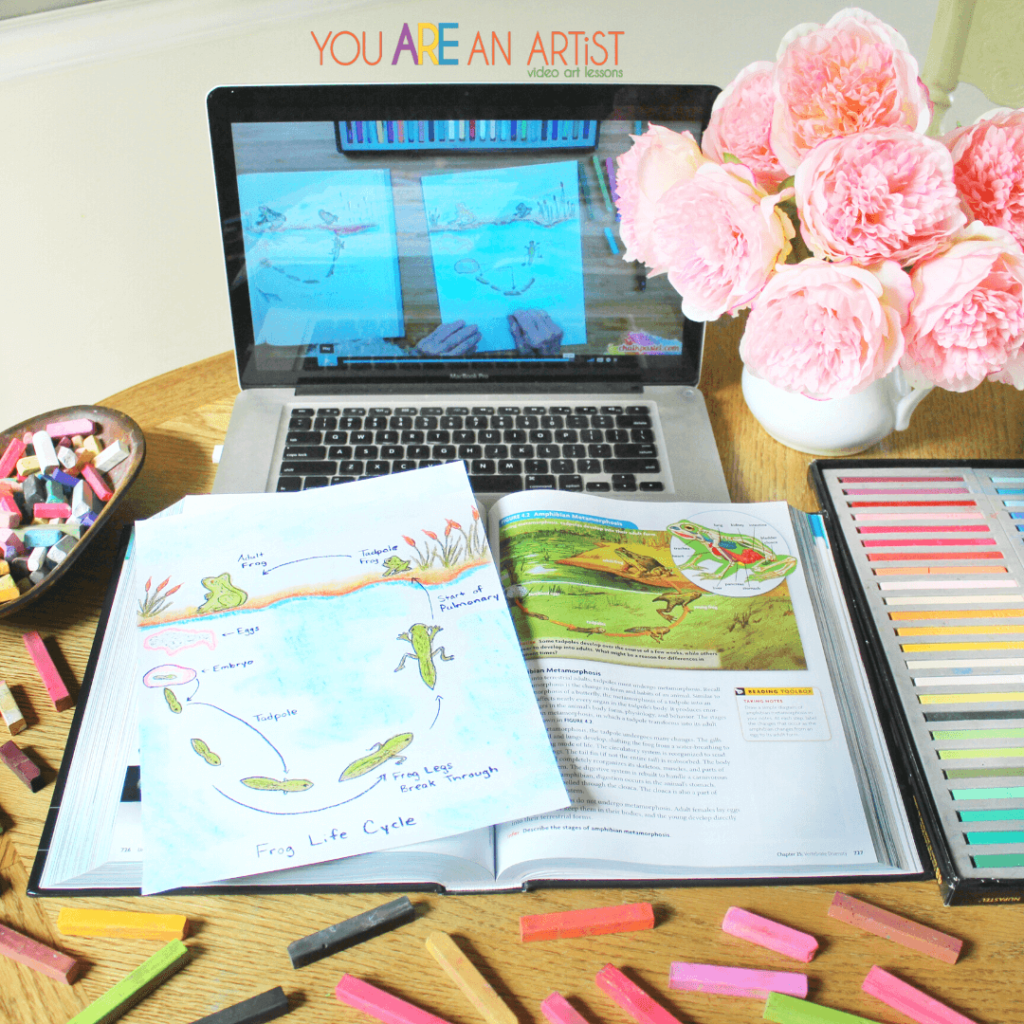Most children love to chase, catch, and watch frogs. Frogs and toads make cool noises and have such unique markings. Spend some time outside and learn about frogs and toads in your area.
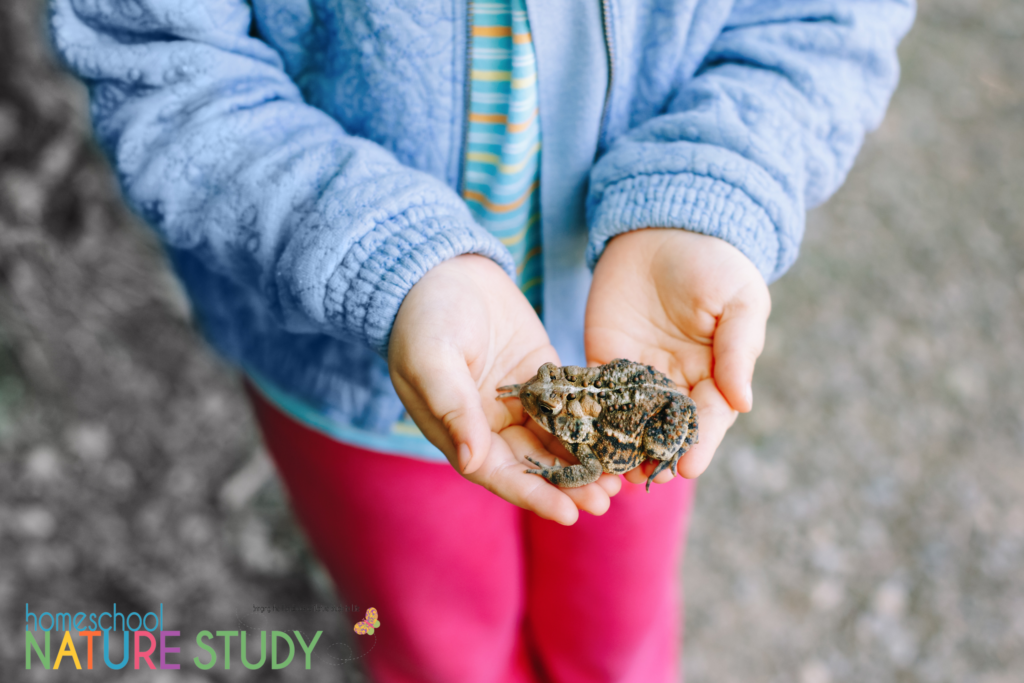
Frogs and Toads: Learning Activities For Kids
Frog or Toad ?
Do you know the difference between frogs and toads? Frogs have long legs, longer than their head and body, which are made for hopping. Toads, on the other hand, have much shorter legs and prefer to crawl around rather than hop. Frogs have smooth, somewhat slimy skin. Toads have dry, warty skin.
Find Tadpoles
Frogs start off as tadpoles in the water. So the best place to observe tadpoles is near the water, stream, pond, etc. However you don’t always have to go so far.
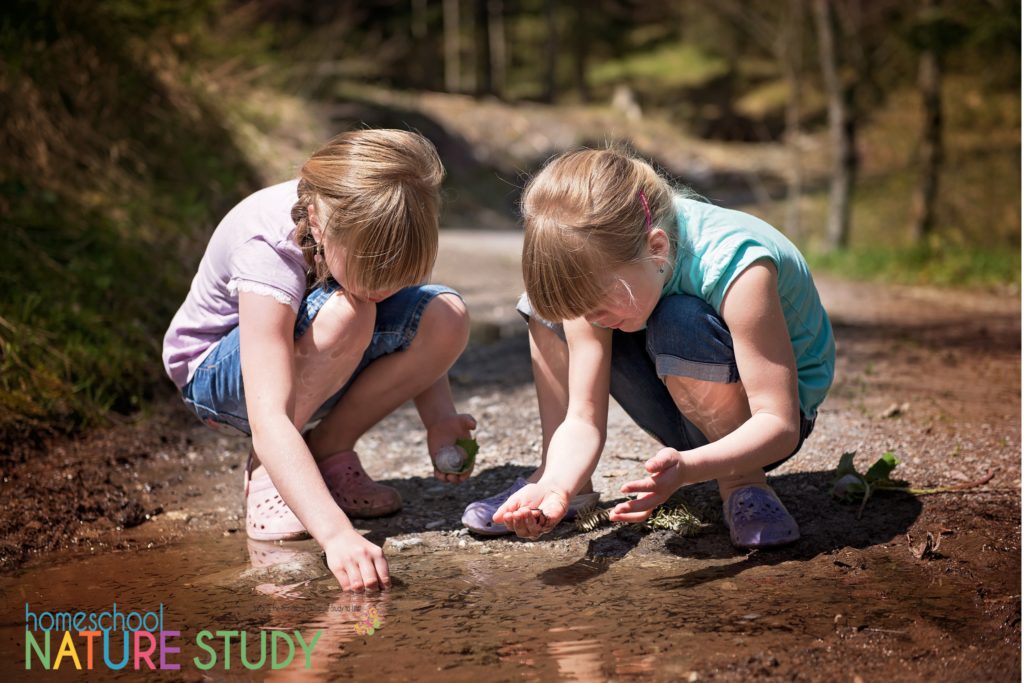
We once drained our pool to seal a crack. It rained and rained for weeks. The bottom of the pool collected water and before we could have the repair team out … we heard them. We had no idea most frogs are nocturnal animals. And it wasn’t long until we started to see tadpoles in our pool. Of course my boys were thrilled to catch the adult frogs hiding out around the bushes and scoop up cups of tadpoles.
It was fun to learn about frogs and toads as we watched our tadpoles slowly grow legs. Tadpoles usually need 14 weeks to turn into frogs. We also learned it’s impossible to recognize one tadpole from another so they might have been renamed a dozen different times.
We absolutely loved Chalk Pastel Art’s Pond Nature Study and chalk art Frog Life Cycle!
Members can print the Homeschool Nature Study’s Frog Life Cycle Worksheet, no babysitting tadpoles required. If you are going to scoop up some tadpoles please make sure you never put them in tap water. Always keep them in pond-water or rain water. House tap water is not the right temperature and it contains chemicals that will kill the tadpoles.
Visit the Herpertarium
If you are unsuccessful finding frogs or toads around your yard, neighborhood pond, etc. visit a Herpertarium to learn about frogs and toads. A herpetarium is a zoological exhibition space for reptiles and amphibians, most commonly a dedicated area of a larger zoo or science center. This is where you’ll find the largest toad, poison dart frogs, and other really interesting amphibians safely behind glass. Bring a sketch book to draw the wonderful animals you see.
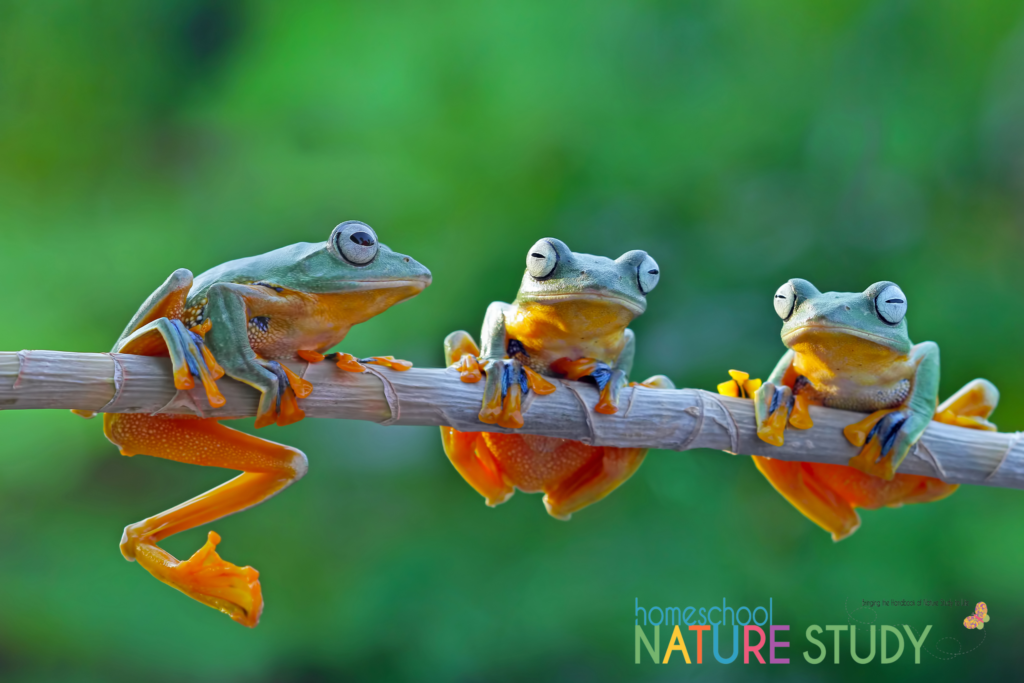
Create a Frog Friendly Environment
Frogs do not live full time in water, after they lay their eggs in water they return to dry ground. You can create your own frog friendly environment by providing a damp, rocky, plant happy area in your yard. If you do catch a frog or toad give them some soil, rocks, and plants. Be sure to return them to the wild after observation. We sorta forgot about a lid, so every frog we caught eventually jumped out, rather easily, and went on its merry way.
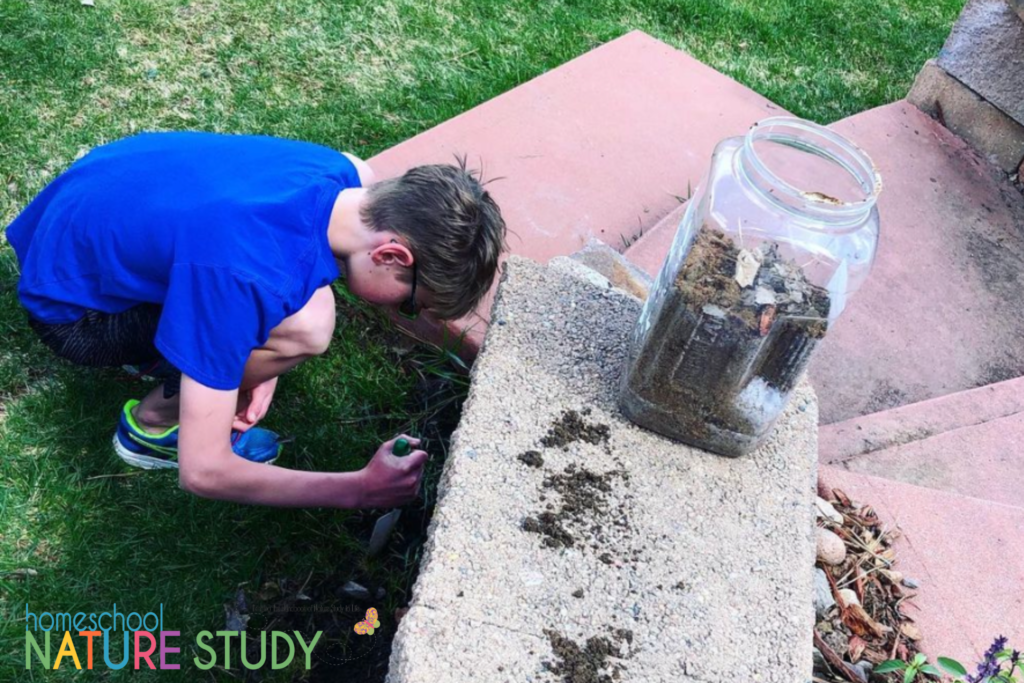
A side note about our frog-filled pool. Unfortunately it attracted snakes. Which of course steered us next to a snake nature study and getting repairs finished quickly!
Share your beautiful frog nature studies with us on social media! Tag @OutdoorHourChallenge. We love to see your wonderful discoveries.

Join the fun and become a Nature Study Member!
It’s easy to sign up and enjoy pre-planned lessons, nature study ideas, free worksheets, crafts, a homeschool nature loving community, and more!
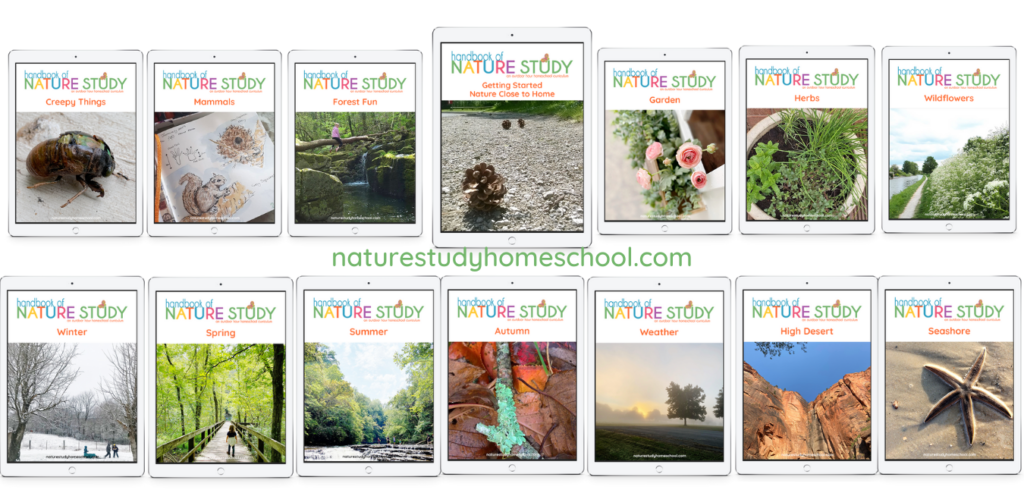

Stef started homeschooling her boys in 2008. She quickly adopted a hands-on learning homeschool style and graduated her oldest tactile learner in 2021. Stef started the Hands-On Learning column in Homeschooling Today magazine. The Laytons currently reside in the foothills of Colorado where Stef also teaches yoga. The family loves to hike trails, stand-up paddle board, and chase sunsets. Stef shares travel and homeschool tips on IG at @LaytonAdventures.

